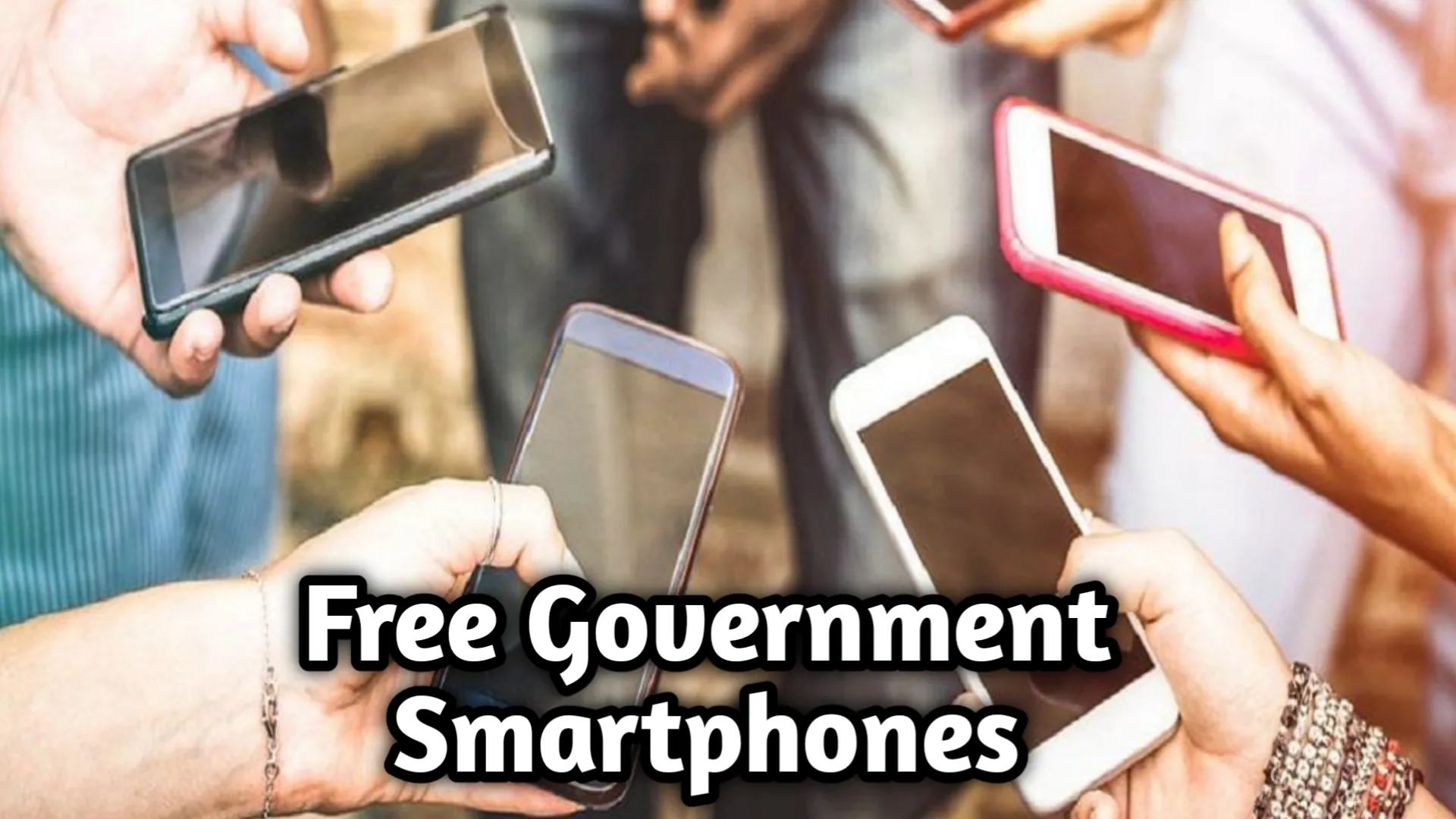In today’s increasingly digital world, a smartphone is no longer a luxury; it’s a necessity for communication, education, employment, and accessing essential services. However, the financial burden of purchasing a smartphone and maintaining a wireless plan can be a significant barrier for low-income individuals and families.
The good news is that several government programs and non-profit organizations offer free or heavily subsidized smartphones to qualified individuals. This article explores these programs, eligibility requirements, and the benefits of participating.
Understanding the Need for Free Government Smartphones
The “digital divide” refers to the gap between those who have access to technology and those who don’t. This lack of access can have a profound impact on a person’s life. Here’s how:
- Limited Job Opportunities: Many employers utilize online platforms for job searches, applications, and communication. Without a smartphone, individuals may miss out on vital job opportunities.
- Educational Barriers: Online learning platforms and educational resources are becoming increasingly common. Without a smartphone, students may struggle to keep up with coursework or access educational resources.
- Reduced Access to Services: Many government services, healthcare providers, and social programs are shifting towards online platforms. A smartphone allows individuals to access these services conveniently and efficiently.
- Social Isolation: Smartphones are a critical tool for staying connected with loved ones, friends, and communities. Without a smartphone, individuals may experience social isolation.
Government Programs Offering Free Smartphones
The availability of free government smartphones varies depending on your location, income level, and participation in specific programs. Here are some of the leading programs to explore:
- Lifeline: The Lifeline program, administered by the FCC, provides a monthly discount on phone service for low-income subscribers. This program can be combined with certain plans to offer a free smartphone.
- Affordable Connectivity Program (ACP): A new initiative from the FCC, the ACP program helps ensure that low-income households can afford broadband service. While not directly offering smartphones, some providers may offer free or discounted devices as part of qualified ACP plans.
- Medicaid: Some states offer Medicaid recipients free or discounted smartphones as part of their benefits package.
- Supplemental Nutrition Assistance Program (SNAP): Certain wireless carriers may offer special plans with subsidized smartphones for SNAP participants.
Eligibility Requirements for Free Government Smartphones
Eligibility requirements for free government smartphones vary depending on the program. Here are some general guidelines:
- Income Level: You must meet a specific income threshold based on the Federal Poverty Level.
- Participation in Government Programs: You may be required to participate in programs like Medicaid, SNAP, or Housing Assistance to qualify.
- Residency: You must reside in a specific state or service area.
Finding the Right Program for You
With various programs available, it’s crucial to research and find the one that best suits your needs. Here are some helpful resources:
- Lifeline website: Lifeline Support for Affordable Phones: https://www.fcc.gov/lifeline-consumers)
- Affordable Connectivity Program website: https://www.fcc.gov/affordable-connectivity-program
- Benefits.gov: https://www.benefits.gov/ allows you to search for government benefits you may qualify for based on your zip code and income.
- Contacting your local wireless carrier: Many carriers offer special plans for low-income customers, including free or discounted smartphones.
Beyond Free Smartphones: Additional Considerations
While a free smartphone is a significant benefit, there are additional factors to consider:
- Wireless Service Plans: Even with a free smartphone, you will likely still need to pay for a monthly wireless service plan. Explore options with affordable data plans to meet your needs.
- Data Usage: Be mindful of your data usage to avoid exceeding plan limits and incurring extra charges. Explore plans with Wi-Fi hotspots to reduce data usage when available.
- Limited Phone Selection: Free government smartphones may be basic models with lower specifications. However, they should still be functional for essential tasks.
Conclusion
Free government smartphone programs can be a valuable resource for low-income individuals and families. By bridging the digital divide, these programs can empower individuals to connect with loved ones, access essential services, and pursue educational and employment opportunities. If you are struggling to afford a smartphone, research the programs available in your area and explore the options that best suit your needs.
Frequently Asked Questions (FAQs) About Free Government Smartphones
This section addresses some of the most common questions regarding free government smartphones:
Q: Are there any hidden fees associated with free government smartphones?
A: Generally, there are no hidden fees for the smartphones themselves. However, you will likely need to pay for a monthly wireless service plan to use the phone. Carefully review plan details before enrolling to avoid unexpected charges.
Q: What features can I expect with a free government smartphone?
A: Free government smartphones may be basic models with lower specifications compared to high-end devices. They will typically have features like calling, texting, web browsing, and access to essential apps. Some may also have cameras and social media capabilities.
Q: Can I keep the free smartphone if I stop participating in a qualifying program?
A: The ownership of the phone depends on the program’s terms. In some cases, you may be required to return the phone if you no longer qualify for the program. Check the specific program guidelines for details.
Q: What if I don’t qualify for any government programs offering free smartphones?
A: Several non-profit organizations offer refurbished or low-cost smartphones to individuals in need. You can search online for such programs in your area. Additionally, some wireless carriers offer prepaid plans with affordable smartphones.
Q: How can I protect my data and privacy when using a free government smartphone?
A: Here are some tips to ensure data security:
- Download apps only from trusted sources.
- Be cautious about clicking on unknown links.
- Use strong passwords and enable two-factor authentication.
- Consider installing a mobile security app.

![[Sophie Rain] in softly lit private setting](https://jiosewa.com/wp-content/uploads/2025/10/thumbnail-6-150x150.jpeg)